Classic cars go electric
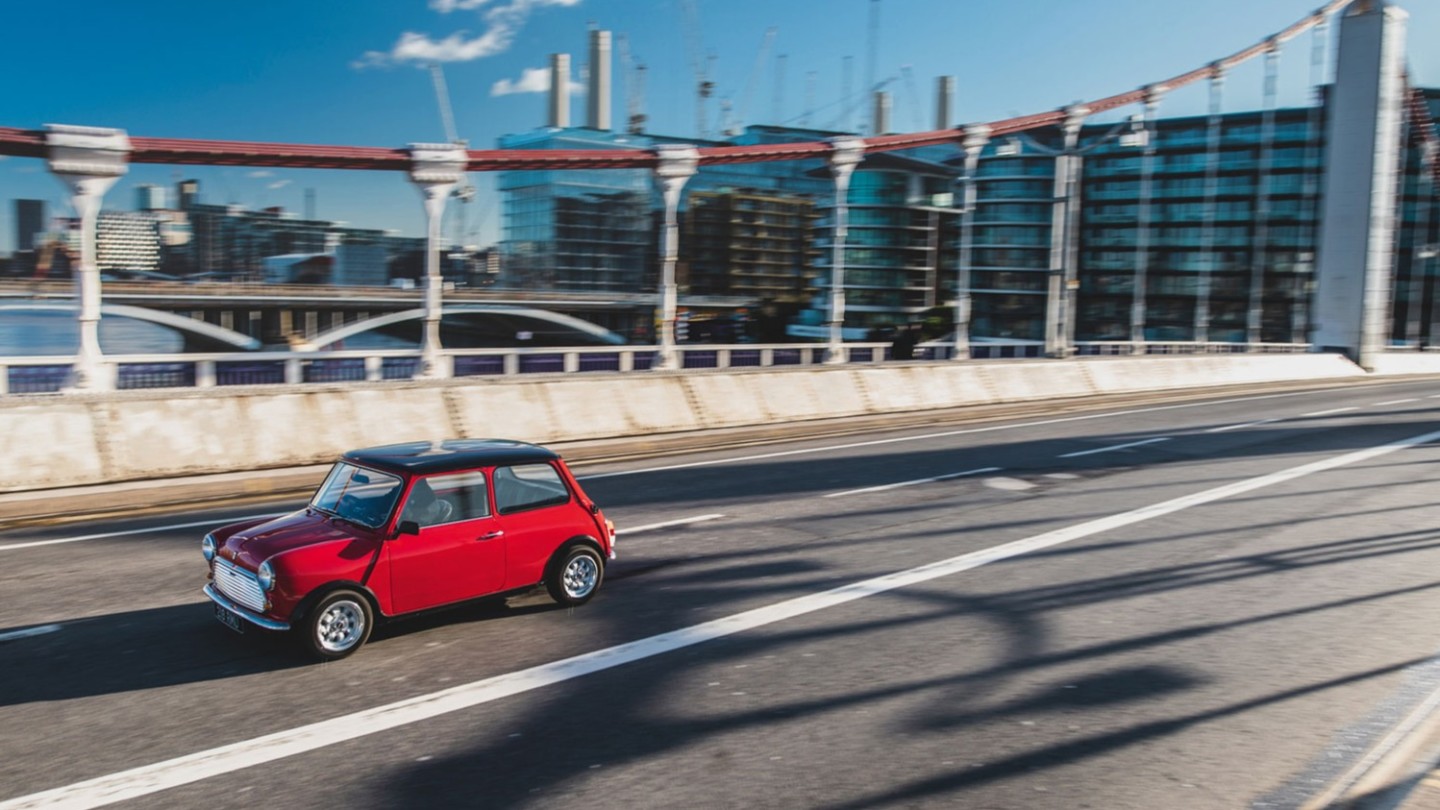
Roula Khalaf, Editor of the FT, selects her favourite stories in this weekly newsletter.
It has long been the case that cars carrying royals and dignitaries have been designed to waft along as quietly as possible. But when the Duke and Duchess of Sussex drove through Windsor Great Park to their wedding reception at Frogmore House 18 months ago, their progress was even more muted than usual – despite them being in a 1960s Jaguar E-Type, a sports car known for its throaty exhaust note. The reason? Their E-Type was powered not by petrol, but by electricity. The car, from Jaguar’s dedicated Classic division, was the prototype of a concept dubbed E-Type Zero, built to test the viability of converting the model to emission-free running by substituting its regular, gas-guzzling, six-cylinder engine with a 220kW battery pack that powers an electric motor.
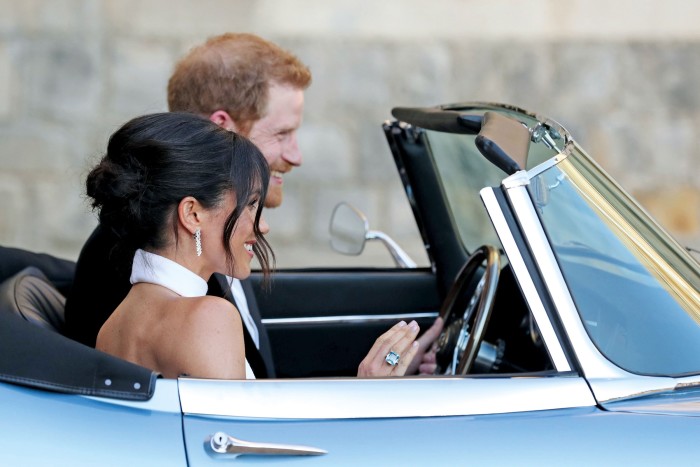
While some classic-car purists might regard such an upgrade as sacrilege, the writing appears to be on the wall for combustion-engine cars that, with modern electrically powered vehicles becoming increasingly common, are already starting to seem like the dinosaurs of the automotive age. Currently, the rule makers in many cities – including London and Paris – show a benign attitude towards genuine classics by exempting them from the usage bans and emissions charges now applied to regular “old cars”. But for how long that will continue is uncertain.
In any event, the market for classic conversions is steadily growing. The E-Type Zero is now being made available from Jaguar Classic either as a complete car package based on a fully restored 1960s original costing around £850,000 or as an upgrade to an owner’s existing car. Meanwhile, Aston Martin has created an electric powertrain for the rare and valuable DB6 Mk2 Volante, just 38 of which were built (one is owned by the Prince of Wales, who runs it on bioethanol fuel created from the by-products of wine production).
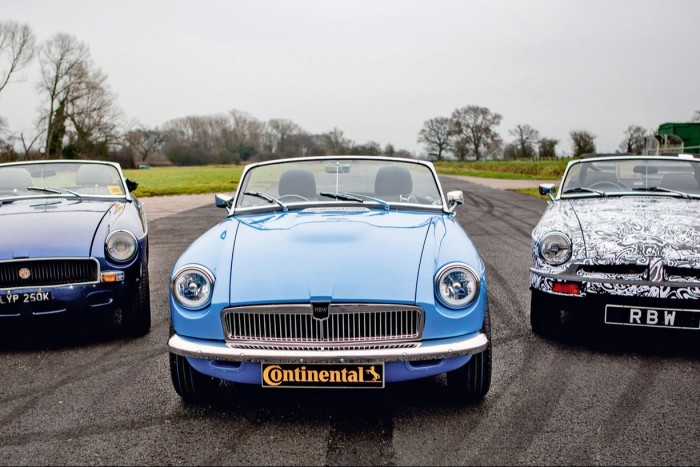
As with the E-Type Zero, the Aston Martin conversion is fully and relatively easily reversible in order to preserve the originality of the car. That has been achieved by using a so-called “cassette” powertrain that’s enclosed within its own self-contained cell. “Umbilical cords” from the power unit then feed the car’s electrical systems, with power management discreetly incorporated into the dashboard. The electric DB6 has been developed in association with Aston Martin’s wider EV (electric vehicle) strategy, which has already seen the creation of the Rapide E model and the revival of sister marque Lagonda, which will come to market as an all-electric SUV in the near future.
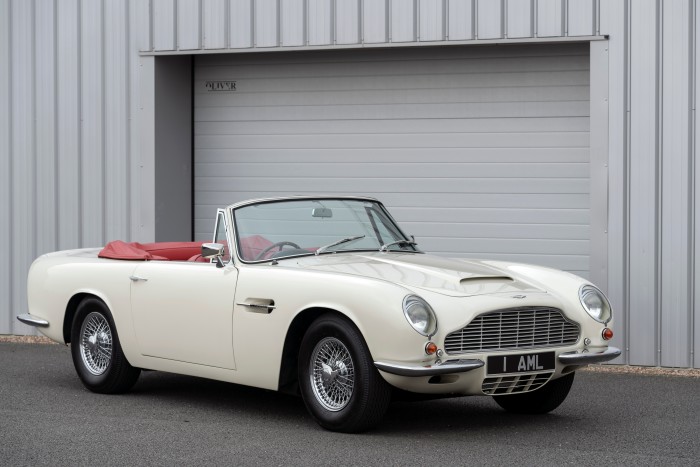
Andy Palmer, Lagonda president and group CEO, says the move to engineer the electric DB6 and “protect the maker’s treasured heritage” was brought about by the impending threat to restrict the use of classics due to environmental and social pressures. Paul Spires, president of Aston Martin Works heritage department, which built the car, describes the experience of driving the DB6 EV as “unique” and something that will appeal to many enthusiasts, especially those who want to use their cars in urban environments. “Given the historical significance of these cars, it’s vital that any EV conversion is sympathetic to the integrity of the original model. The cassette system is the perfect solution, offering owners the reassurance of knowing their car is future-proofed and socially responsible, yet remains an authentic Aston Martin that can have its original powertrain refitted if desired. We can also see collectors adding another dimension to their collections by commissioning EV-converted heritage cars.” And, although regular Aston Martins are known for their high performance, battery-powered versions will be even quicker due to the “instant” nature of electric motors, which provide maximum torque (or “pulling power”) from standstill – unlike a combustion engine, which needs to reach a certain number of revolutions per minute in order to achieve motion.
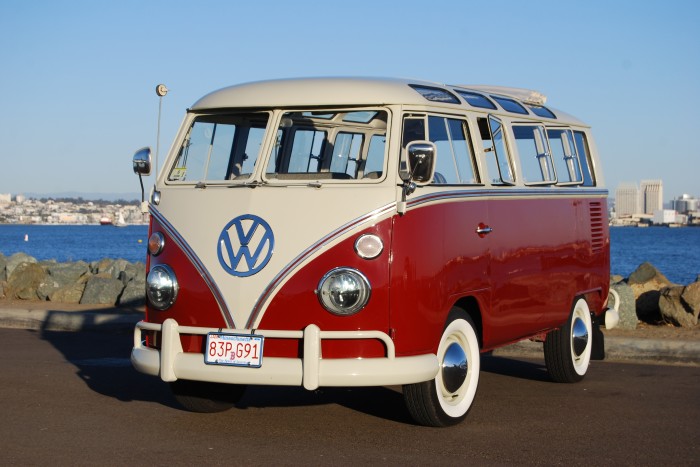
Aston Martin and Jaguar are not alone in their exploration of classic conversions: an increasing number of independent engineering workshops are springing up around the world that will build such cars to order. Oz Motors of Tokyo, for example, specialises in installing electric power in classic Volkswagen Beetles at a cost of around £20,000, while Zelectric of San Diego converts not only Beetles but other VW models, such as the Trekker, Karmann Ghia, Variant and Microbus, as well as classic Porsches, such as the 356, 911, 912 and 914.
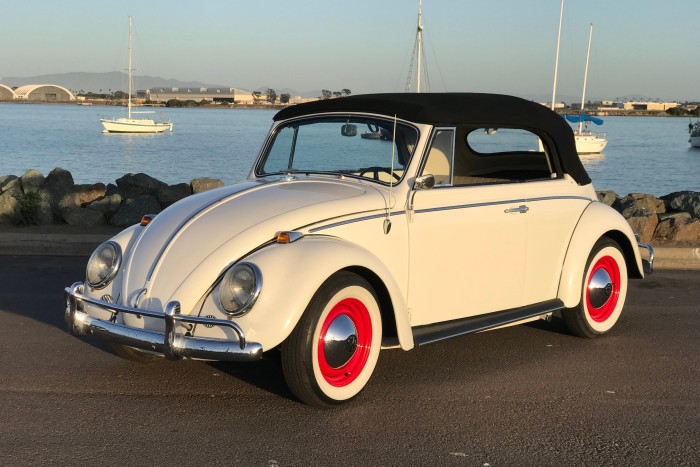
It’s in the UK, however, that the electric-classic movement is really forging ahead, as people look to own cars that combine old-school looks with modern performance while currently being exempt from the charges increasingly applied to combustion-engined vehicles. Richard Morgan – a classic-car enthusiast, racing driver and electrical engineer, who formerly worked in the energy-efficiency industry helping giant companies such as Walmart and Tesco to reduce their power consumption – set up Powys-based Electric Classic Cars as a “hobby business” four years ago. Now he caters to an international clientele from as far afield as America and South Africa, with customers bringing him their classic cars to be restored and converted to electric power at prices ranging from around £20,000 for small models, such as Minis or Fiat 500s, to £50,000-plus for larger vehicles, such as original Range Rovers.
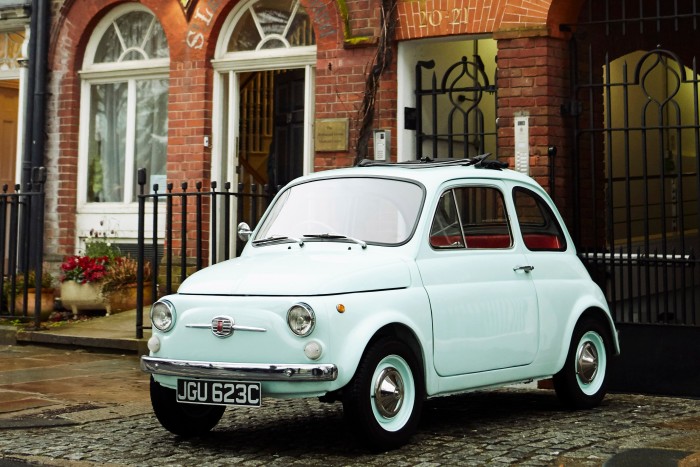
“Classic cars have been my hobby since the age of 16, and I was the biggest petrolhead out there. I owned classics, I raced them, I tuned them and I rebuilt them – but I decided to make an electric one as an engineering exercise because I wanted an old car that was completely reliable and required virtually zero maintenance,” says Morgan. “And that’s when I realised that classic cars are simply a whole lot better with electric motors. They are quieter, faster and smoother to drive, vastly more reliable and much less expensive to run.”
“We don’t supply the cars, but we will advise clients on buying something that’s suitable for conversion. The car needs to be very sound to make it viable and, if necessary, we will carry out any restoration required. That can add quite a bit to the cost of the overall package – the most expensive conversion we have done was on a 1970s BMW CSi that came out at around £90,000, the majority of which was the cost of restoring it.”
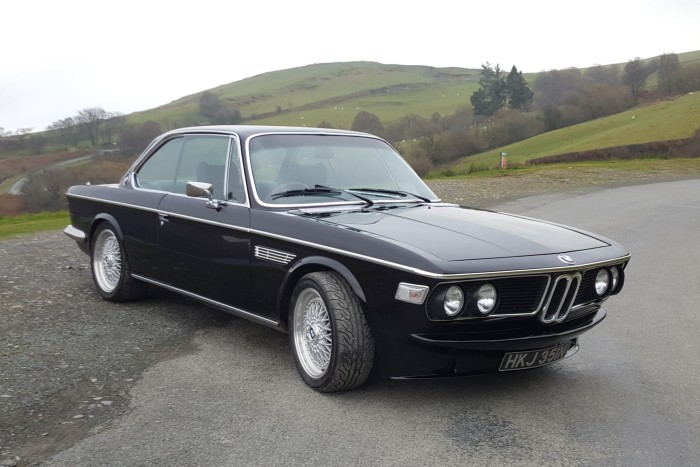
Morgan designs his conversions to be completely reversible, using, for example, bolt holes that supported fuel tanks to secure battery packs and attaching electric motors to gearboxes (retaining the ability to change gear in the conventional way, although the torque-from-zero characteristics of electric power mean a single, high gear is usually sufficient). “To date, not a single customer has asked to keep the original components in case they want to have them refitted to the car. Most sell them and put the money towards the cost of the conversion.”
Such was the case with Peter Brazier, a semi-retired electrical engineer from Buckinghamshire who saw electrification as a way of giving new life to the 1982 Ferrari 308 GTSi that he’s owned for more than 25 years. “I had reached the stage where I was considering selling the car because I felt I had done everything I wanted to with it, and the engine really needed to be rebuilt – which is not an inexpensive business in the case of a Ferrari.”
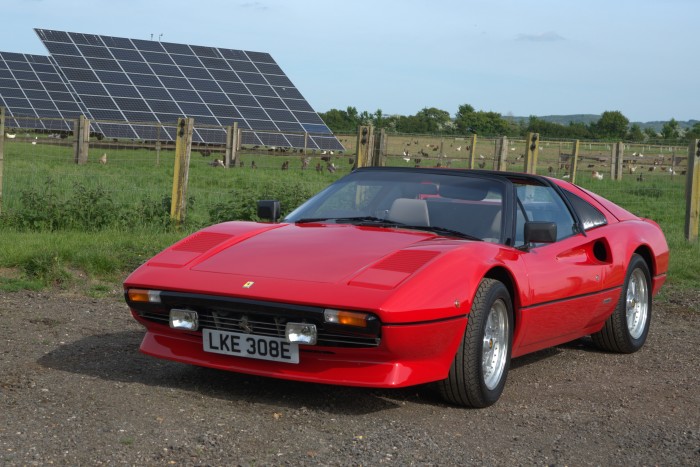
“I already own a Tesla and my wife has a Nissan Leaf, so we’re completely converted to the idea of electric driving. After seeing what Richard [Morgan] was doing on the Fully Charged Show [a YouTube channel dedicated to electric cars], I decided to Tweet him a picture of my Ferrari to see if he thought it would be worth converting. He replied that it was, but, more importantly, that it would make it a better car. And that’s what made me decide to go ahead with the project.”
A few months and £60,000 later, Brazier took delivery of his reborn Ferrari – now powered by a reclaimed Tesla Model S powertrain and a new LG Chem battery pack – and was delighted with the results. “The original car would go from nought to 60mph in around 7.8 seconds. Now, with electric power, it does that in around 3.8 seconds and has a range of 150 miles. So, it’s faster and perfectly practical – but the biggest difference is in the way it drives. It’s actually slightly lighter than the standard car and, due to the way the battery pack and electric motor have been positioned, it is now perfectly balanced in a way that the original never was,” says Brazier.
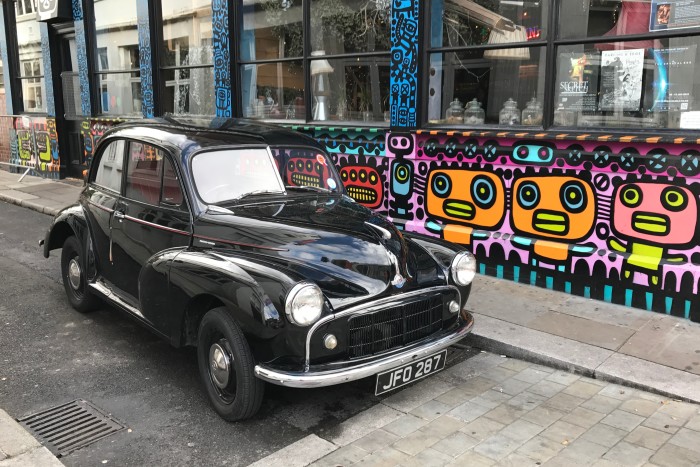
While a Ferrari is perhaps the ultimate demonstration of the viability of an electric classic, the relatively short range offered by current battery technology makes the application better suited to smaller cars used for city driving – which is why former film and TV composer Matthew Quitter, founder of London Electric Cars, is offering conversions for much-loved British classics such as the ubiquitous Morris Minor. “We recommend budgeting for at least £20,000,” says Quitter, who cites the electric Minor as an ideal city car.
“The interior is spacious, practical and comfortable and the original minimalist dashboard is a prime example of 1950s design,” he says on his website. “It costs around £1 to charge, which is sufficient for 45 miles.” With typical city use, the car would require charging roughly once a week. “That means fuel costs for this car can be as little as £50 per year and there’s no Congestion Charge, no road tax, no emissions charge and free residents’ parking in many boroughs.”
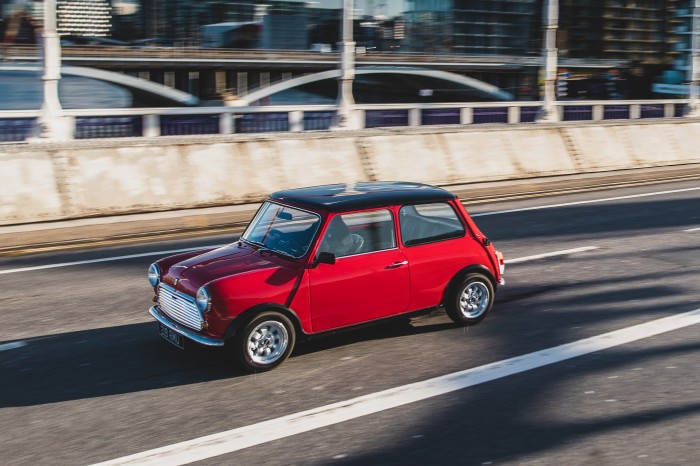
The classic Mini has also proved an ideal candidate for electrification, with one of the most successful conversions available from Swindon-based powertrain specialist Swind, a long-standing producer of engines for road and race cars. Precisely 100 examples of the Swind E Classic Mini are due to be produced, at a starting price of £79,000. Each fully restored car combines a 24kWh lithium-ion battery pack with an 80kW electric motor for a top speed of 80mph, a 0-60mph time of 9.2 seconds and a range of 125 miles – and a more powerful state of tune can be requested.
The many enthusiasts of the MGB Roadster, meanwhile, can now enjoy wind-in-the-hair motoring in virtual silence with the arrival of the RBW MG Roadster – a version of the classic-looking British sports car that’s built from the ground up using a brand-new Heritage bodyshell fitted with a state-of-the-art electric powertrain (originally developed by Formula E world champion Zytek) that’s mated to 21st-century suspension, steering and braking components. From 10 paces, it could be an original MGB from the 1960s – until it drives past without a rasping exhaust note, which, to many dyed-in-the-wool old-car lovers, is just one of the characterful elements missing from an electric classic.
But, as Richard Morgan wryly observes: “In reality, noise is just wasted energy. People who say a car that doesn’t make a noise isn’t a real car need to get over themselves. After all, when the automobile was invented, no one said they should be made to sound like horses, did they?”
Aston Martin Works, astonmartinworks.com. Electric Classic Cars, electricclassiccars.co.uk. Jaguar, jaguar.co.uk. London Electric Cars, londonelectriccars.com. Oz Motors, oz-motors.com. RBW Electric Classic Cars, rbwelectricclassiccars.co.uk. Swind, swind.life. Zelectric, zelectricmotors.com
Comments